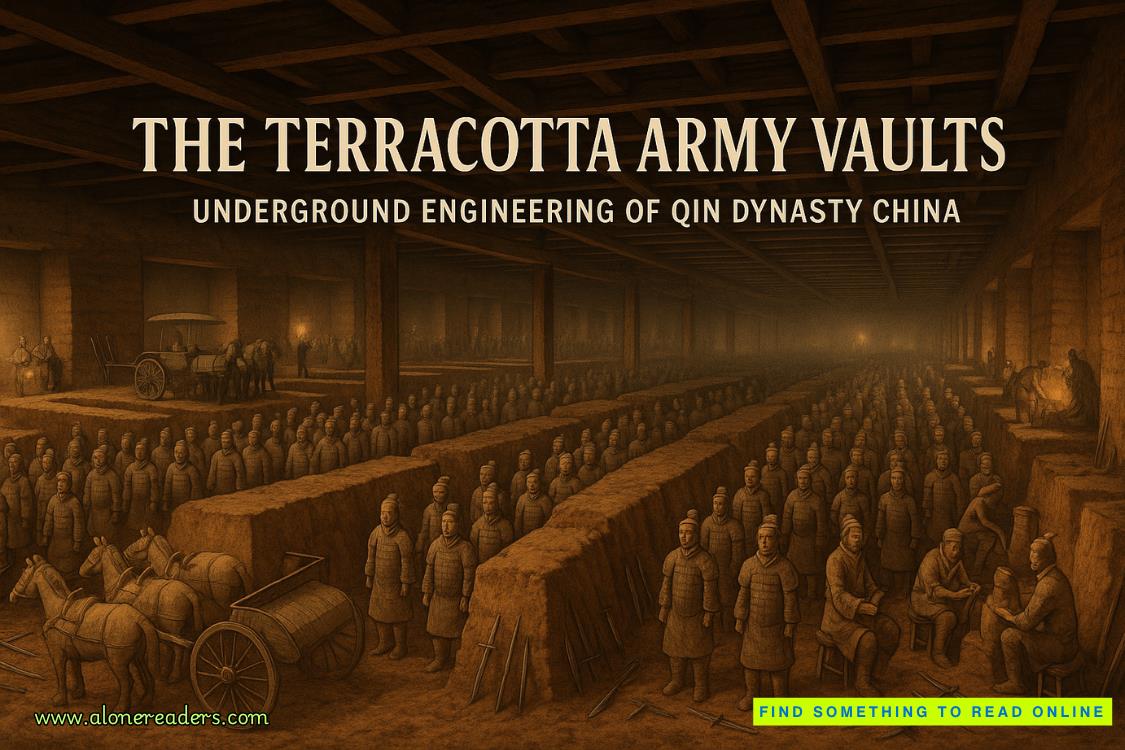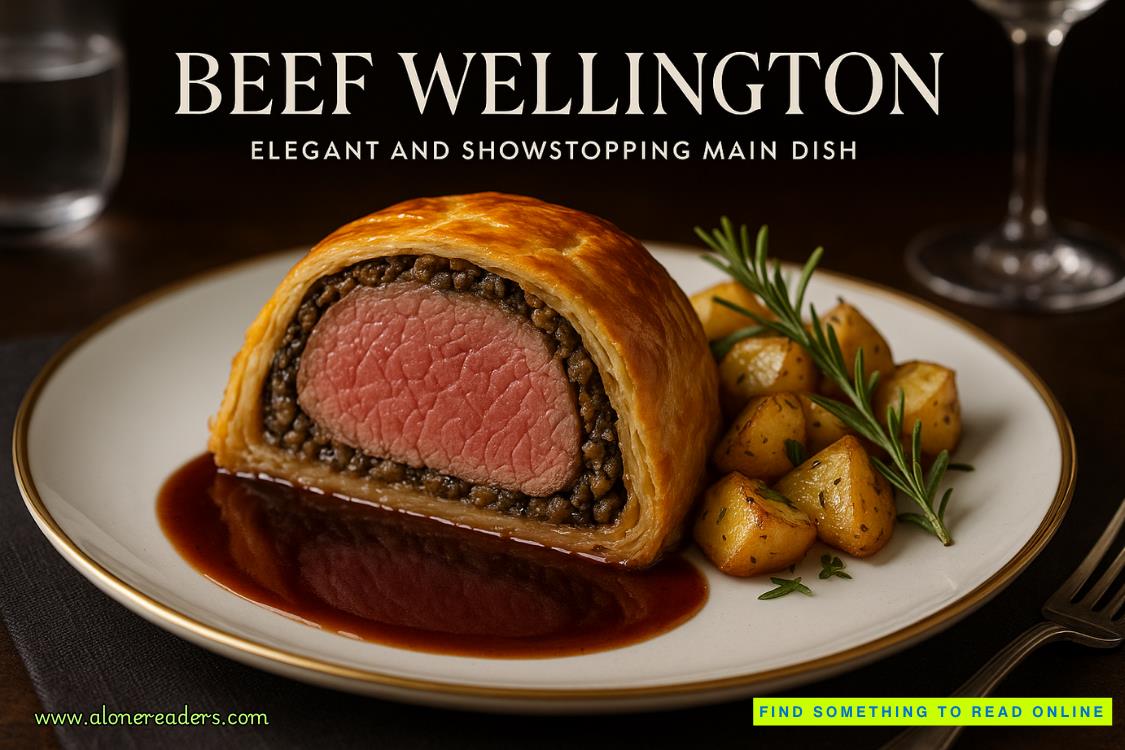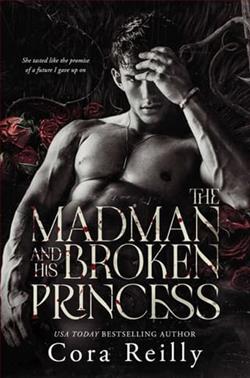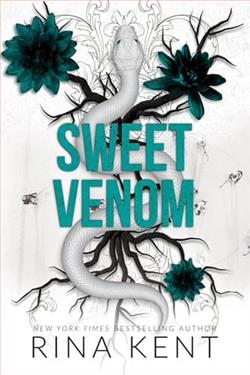Page 7 of Silence and Surrender
The memory made me smile as I selected a light grey silk suit that screamed wealth and security. The bank’s stuffiest board members would approve, while still letting me move easily between their world and the auction houses like I preferred.
My tiny balcony offered just enough space for breakfast and the morning’s art journals. The latest Christie’s catalog called for my attention, they had an interesting Vermeer attribution coming up that didn’t feel quite right. I made notes in my leather-bound journal, the same kind my father had used for most of his life.
I finished my coffee and rode the elevator down to the lobby.
The doorman nodded as I left, used to my early departures these days. “Package came for you late last night, Miss Delacroix. From Paris.”
My heart lifted—that would be the book on Dutch Golden Age pigment analysis I’d been waiting for. At least that gave me something to look forward to after dealing with Colton Moreau’s endless corporate bullshit all day.
The walk to the Wallace Collection took me past my favorite cafés and galleries, but I didn’t stop today. I only had half an hour before I needed to be at the bank, but Marie had promised to let me examine their new acquisition before it went on display. The grand entrance of the Wallace Collection rose before me, its limestone exterior commanding attention among the surrounding Marylebone architecture. The security guard nodded as I entered, used to my early morning visits. Inside, the familiar scent of polished wood and history surrounded me as my heels clicked across the marble floor.
“Isabella!” Marie greeted me with typical European warmth, two kisses and immediate art talk. “You must see this piece. The brushwork is...concerning.”
She led me to a large table in the back room, and we bent over the painting together, my loupe catching details that made my pulse quicken. “The craquelure pattern is wrong for the period. And look at the lead white distribution...”
“My thoughts exactly.” She stepped back, watching me work. “The documentation is perfect, but...”
“But perfect is suspicious.” I grabbed my cell phone and photographed a few key details, already planning deeper analysis when I had a free moment. This was what I lived for…the tiny tells that revealed the truth beneath the lies. “Send me the provenance files?”
“Of course. Lunch next week to discuss? That little place near the Royal Academy?”
I checked the calendar on my phone and saw three messages from the bank about urgent authentication needs. One from Colton Moreau himself, probably wanting to lecture me about procedures again.
“How about Thursday? I’m meeting Claire at the British Museum conservation department Wednesday.”
“Perfect. Bring that book on Baroque forgery techniques you mentioned?”
“Of course.” With a quick goodbye hug, I left the soft warmth of the gallery and trudged through the dreary rain down the street.
The bank’s monochrome lobby felt even colder after the Wallace Collection’s warm woods and golden lighting, but I kept my professional mask firmly in place.
My office was my sanctuary, its walls lined with art books, technical manuals, and specialized equipment for authentication work, carefully organized. The space spoke of my expertise, earned through years of study, not just inherited wealth. Even with my father’s name, I still worked hard, earning my experience and qualifications the hard way.
Julia appeared at my doorway before I could even unload my briefcase; she was one of the few people here at the office that I genuinely liked. “Mr. Moreau is asking about the Rotterdam authentication files.”
I barely contained my eye roll. “I’m sure he is. Tell him proper analysis takes time, especially with his rigid demands.”
She hid a smile. “The Japanese collectors will be here at eleven. I’ve wined and dined them, it’s your turn now. The client viewing room is prepared.”
The morning passed in a blur of technical analysis and client meetings. I lost myself in the work I loved, studying brushstrokes under microscopes, comparing pigment compositions, tracing provenances through centuries of documentation.
My phone buzzed, it was Claire from the British Museum:Found something interesting in those export records you asked about. Drinks tonight?
Perfect. Claire’s research into art movement during World War II had already proven valuable for my own projects.
I texted back:Usual place at 7:00? Need to stop at home first, new book from Paris arrived.
The afternoon brought more authentication work, more careful analysis, and more documentation. But my mind kept returning to those shipping manifests I’d uncovered. To weights that didn’t match any known artwork. To temperature controls meant for something other than paint and canvas.
At six o’clock, I packed my vintage Hermès briefcase with files needing deeper study. The bank’s sterile halls were quieting, most employees headed home to normal lives. But I had work to do. Real work, beyond corporate procedures and reports.
My apartment welcomed me back with familiar comfort. I changed into comfortable clothes, still elegant, but chosen for long hours of research rather than board and client meetings. The book from Paris was everything I’d hoped for—detailed analysis of pigment compositions that might help prove what I was beginning to suspect about certain ‘authenticated’ pieces.
Claire was waiting at our usual wine bar, tucked away in a cobblestone courtyard most tourists never found. “You’re going to want to see these records,” she said without preamble. “The transport patterns you noticed? They match something from 2013...”
We bent over documents, sharing observations and theories while excellent Bordeaux disappeared. This was my real world…like minds pursuing truth. Not Colton Moreau’s protocols or the bank’s careful documentation.
Hours later, I let myself back into my apartment, mind racing with implications. The shipping manifests. The temperature controls. The weight discrepancies. Something was very wrong at Devereux Bank.















